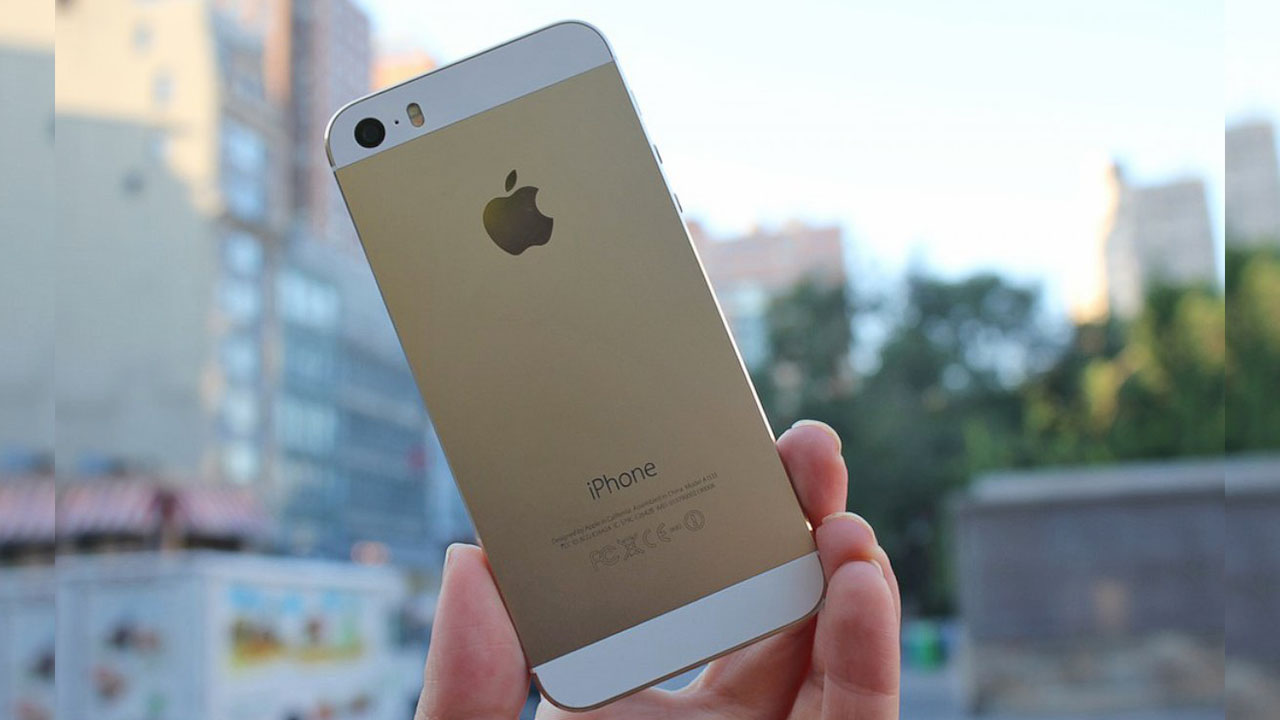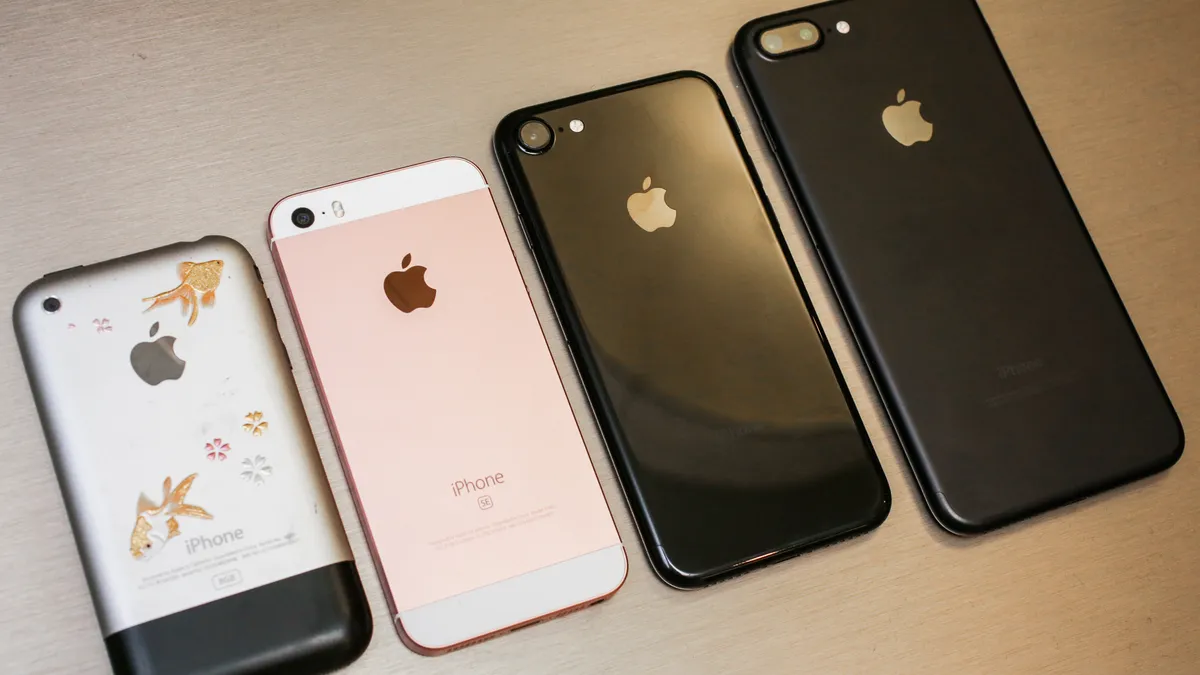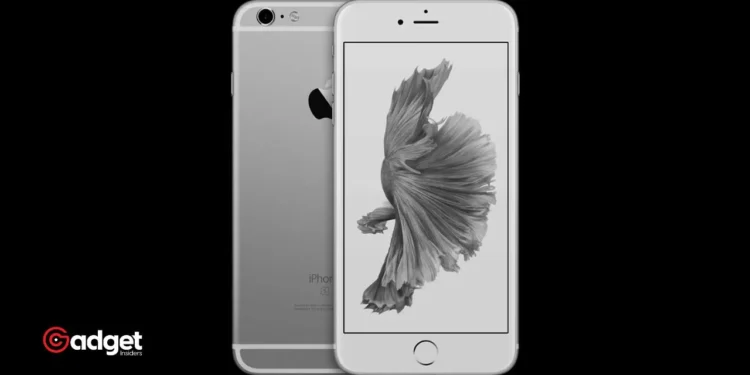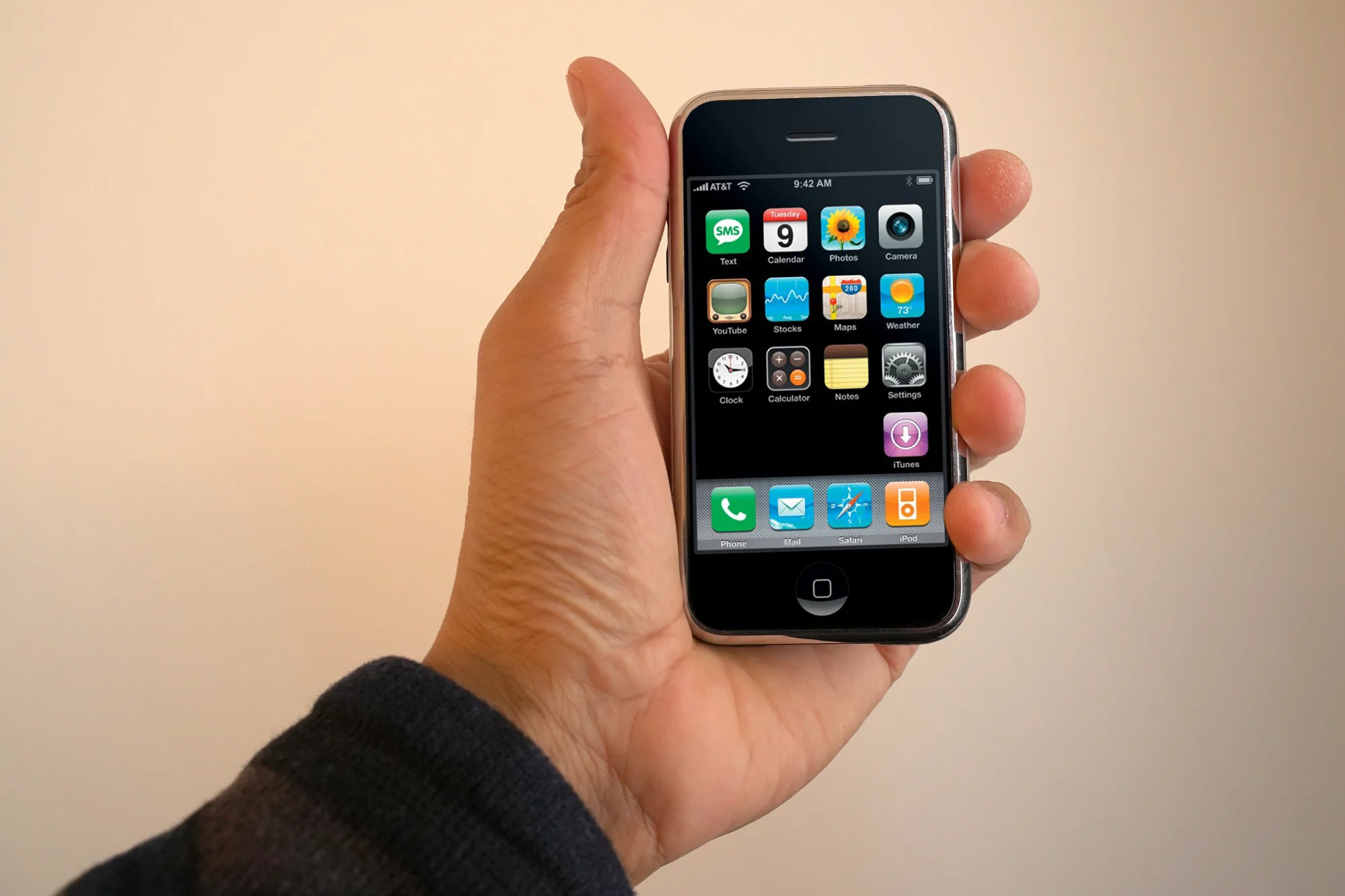For many, the moment an iPhone becomes labeled “obsolete” by Apple might sound like a tech death sentence. This term, which might come as ominous news to those clinging to their older devices, marks a significant transition in the lifecycle of technology that millions around the world rely on.
Recently, Apple has updated its list of obsolete products, adding models like the iPhone 5S to this list, joining the ranks of the iPhone 5C and iPhone 6 Plus. But what does this classification actually mean for users of these models?
Understanding Apple’s “Obsolete” Label
The term “obsolete” in Apple’s lexicon refers to products that the company has stopped selling more than seven years ago. This status is crucial because it means Apple discontinues all hardware service for these products, with service providers unable to order parts for them. This policy could leave many users with limited options if their devices encounter any problems.
“Apple discontinues all hardware service for obsolete products, and service providers cannot order parts for obsolete products,” the company explains. This means that once your device is declared obsolete, repairing it becomes nearly impossible, turning what was once a cutting-edge technology into a potentially useless gadget if any significant issues arise.

The Impacts of Obsolescence on Device Usage
While an obsolete status does not mean an immediate shutdown of your device, it significantly affects how you can use and service your iPhone. Devices like the iPhone 5S, which now find themselves on this list, are well past their warranty periods and have stopped receiving software updates long before being declared obsolete. Typically, Apple’s smartphones receive six to eight years of software support, meaning they become obsolete only long after they’ve stopped receiving these critical updates.
For those wondering if their older devices will suddenly stop working, the answer is no. However, the real challenge arises when these devices need repairs, as the necessary parts are no longer available. This limitation can turn a simple fix into a complex problem, often forcing users to retire their beloved iPhones prematurely.
Not Just iPhones: Other Apple Products on the Obsolete List
It’s not just iPhones that face this eventual fate; other Apple products like MacBooks, iMacs, iPads, iPods, and Apple Watches also reach a point where they become obsolete. Before reaching full obsolescence, some products are labeled as “vintage,” which applies to items stopped being sold between five and seven years ago. While no iPhones currently bear the vintage label, several Mac desktops and laptops do.

Navigating the Future with Obsolete Devices
For users attached to their older iPhones, the announcement of their device becoming obsolete might seem daunting. However, understanding what this means can help in planning for the future—whether it means upgrading to a newer model or exploring repair options while they are still available.
As technology rapidly evolves, the lifecycle of devices like the iPhone will continue to be a topic of interest and concern for users worldwide. While the term “obsolete” may sound final, it doesn’t have to spell the end of your device’s useful life, provided you plan accordingly.











